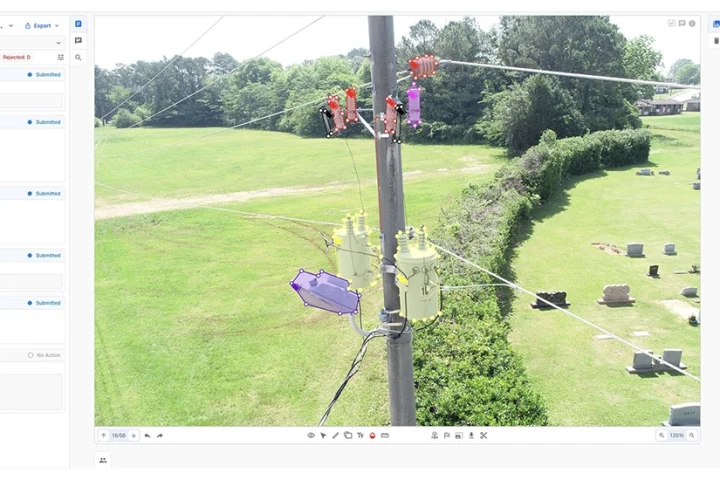SolarWinds has released its 2025 IT Trends Report, “Fragile to Agile: The State of Operational Resilience”. With more than 200 IT professionals surveyed across the EMEA region, the report reveals that while confidence in operational resilience is rising, day-to-day problems still consume vast resources.
The report findings show that the majority (89%) of EMEA IT leaders describe their organisation as resilient, but only one in three (34%) feel very resilient today. Though there is fear this confidence could be superficial.
Of the EMEA IT leaders surveyed, 45% still spend a quarter of their working week resolving critical issues and service disruptions. This suggests a disconnect between how organisations see themselves and what happens day-to-day when disruptions occur.
Crucially, over a third (35%) of participants point to cumbersome processes, rather than technology itself, as the biggest hurdle to stronger resilience. Half blame processes during periods of disruption and 38% state that they don’t have enough people to be operationally resilient.
“Across the Middle East, we’re seeing unprecedented investment in digital transformation and infrastructure modernisation. But this report highlights that resilience and IT agility isn’t just about spending more. Too many organisations are still bogged down by manual processes and firefighting disruptions, which holds them back from realising the full potential of their technology investments. To remain competitive in such a fast-moving market, IT teams need the right talent, streamlined workflows, and modern tools to embed resilience into daily operations and focus on innovation rather than recovery,” said Abdul Rehman Tariq Butt, Regional Director – Middle East at SolarWinds.
The Building Blocks to Operational Resilience
Despite the hurdles, EMEA IT teams are taking a proactive approach and investing heavily into operational resilience, with a quarter of respondents devoting between 21% to 30% of their IT budgets to disruption prevention.
“In today’s competitive environment, operational resilience is no longer a nice-to-have but rather a strategic imperative,” said Cullen Childress, Chief Product Officer at SolarWinds. “Achieving it requires more than just adopting new technology. Organizations must equip their IT teams with the right tools, workflows, and talent to stay agile and responsive. When obstacles are removed and resilience is built into daily operations, IT becomes a true driver of competitive advantage.”
























